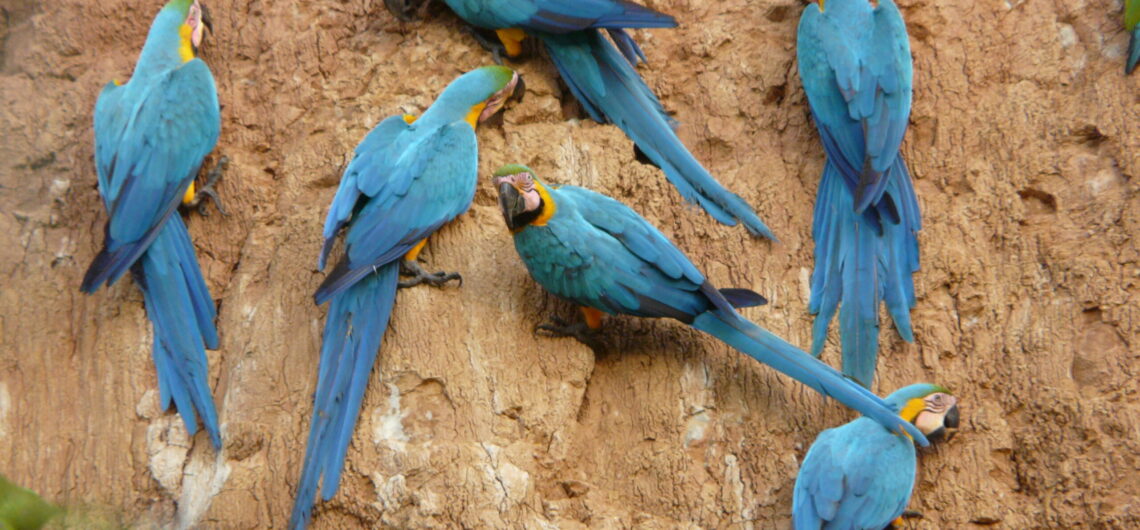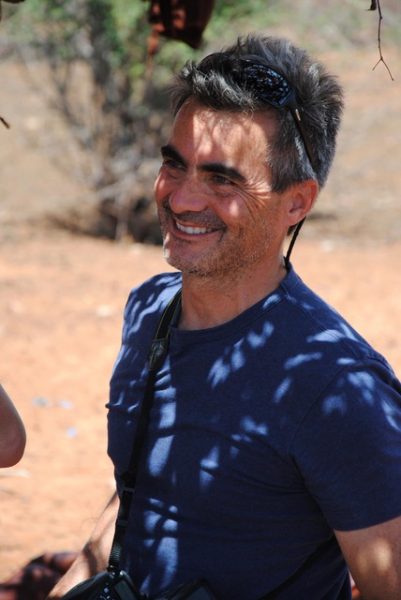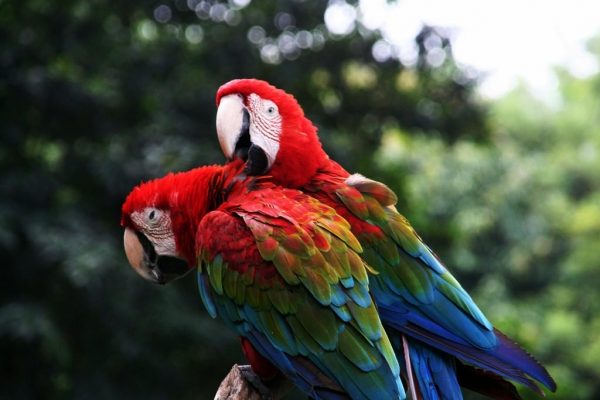 In conversation with Eduardo Nycander
In conversation with Eduardo Nycander
Deep in the heart of the Tambopata rainforest reserve, in Southeastern Peru, is a collection of luxury accommodation lodges founded by architect and wildlife photographer Eduardo Nycander. Over the last 27 years, he has created a winning formula that combines science, conservation, and hospitality to set a benchmark for ecotourism across the region. This month, in conversation with Aracari, Eduardo shared with us his story and details of his project to save the Macaws of Tambopata.
How it all started
“Macaw’s are beautiful birds to photograph. Each one of them has different markings on their face, which identify them” says Eduardo. His long affinity for the colorful birds is evident and he even admits wanting a pet Macaw as a child.
As an adult, Eduardo’s first engagements with these birds came when he was funding his way through university as a wildlife photographer. Using the camera, he helped conservationists track Macaws visiting the various clay licks of the Amazonian jungle. Clay licks are exposed muddy cliffsides, which Macaws visit in large numbers to extract minerals from the clay that aid their digestion. The gatherings that occur at a Clay Licks are also stunning social spectacles for both human observers and the Macaws alike. This wildlife captivated the young Eduardo. After university, despite gaining a degree in architecture, and instead of pursuing a Masters degree in the USA, he told his father he wanted to stay in Tambopata. He aspired to establish an eco-lodge for the university researchers he met, which would allow them to continue their research for much longer durations at a time.
Why are Macaws becoming extinct?
Sadly, many brightly colored species of Macaw have recently become extinct in central and South America. As Eduardo discovered, the primary culprit of their extinction has been deforestation. The Shihuahuaco trees that Macaws create their nests in, take at least 800 years to mature in size and no less than 300 years to grow to a size big enough to support a Macaw nest. Macaws have an average lifespan of 40 years and Eduardo makes the point “If you destroy all the trees to make hardwood flooring, you will eventually destroy all the birds”.
The Pillars of Peru: Coast, Jungle, Mountain
An adventure across Peru’s unique geography
Developing a conservation solution
Eduardo’s solution to the threat posed by deforestation has been to devise artificial Macaw nests, which last 30 years and can be hoisted up alongside various types of trees.
“It’s not as simple as creating a wooden box and attaching it to a tree” explains Eduardo. For a start, some of the tree cavities, where Macaw nest naturally in the wild are up to 18 meters deep. Eagles, rats, snakes, and monkeys are natural predators of the Macaw and the nest must be able to prevent them from entering. The most challenging predators to design against are Toucans because they use similar nests to Macaws. “If you don’t get the design right, you are providing fresh eggs to the enemy” declares Eduardo.
Similarly, small parasites can create maggot infestations that kill all the eggs in a nest. It’s easy to understand why Eduardo experimented with numerous designs, before settling on a design for his artificial nest.
Introducing the artificial nest
The Macaw project has installed over 45 nests in the rainforest around Tambopata. Eduardo’s latest iteration upon the artificial nest, he calls the smart nest. “It imitates all the wonderful characteristics of the best natural nests,” Eduardo says enthusiastically.
The smart nest is 3 meters tall, contains 2 entrances just big enough for the Macaws to enter, and will last 50 years. Temperature and moisture inside the nest are continuously monitored and cool water can be automatically dripped inside the nest when it’s too dry. Solar panels power all of the inbuilt automation, without the need for human intervention, and one of the most exciting features are the cameras. Using the latest artificially intelligent software, these cameras can learn to recognize the Macaws using the nest. If a Toucan or other predator happens to pass by, then the cameras will automatically recognize this and close the doors to the nest, reopening them once the danger has passed. At any moment in time, all this data and the cameras can be accessed by university researchers around the world.
Combining conservation with tourism
If learning about the incredible Macaw project wasn’t enough then consider the fact, any traveler can enjoy the spectacle of these rare rainforest birds whilst also participating in the project. Guests staying at the Tambopata Research Center enjoy off-grid luxury accommodation in the heart of the Peruvian Amazon, strategically located a few minutes skiff ride from the largest known Macaw lick in the world. During a stay at the center, visitors can become researchers, and help conservationists install and maintain the artificial Macaw nests Eduardo has created. The “Wired Amazon” program also encompasses other wonderful research projects to partake in, including those conducted at Refugio Amazonas – another luxury lodge in Eduardo’s collection.
To avoid too much time spent traveling through the rainforest, Eduardo recommends different lodges for different lengths of stays. Stays at the Posada Amazonas and Refugio Amazonas lodges can easily be arranged for itineraries as short as 3 days. Guests planning a 5-day itinerary can stop off at the Refugio Amazonas whilst on their way to the marvelous Macaw experience, where the luxurious accommodation of the Tambopata Research Center and its pristine surroundings await.


 In conversation with Eduardo Nycander
In conversation with Eduardo Nycander